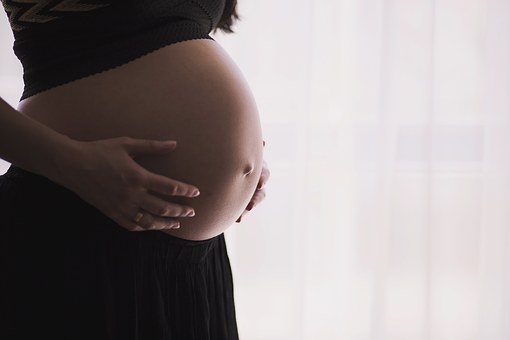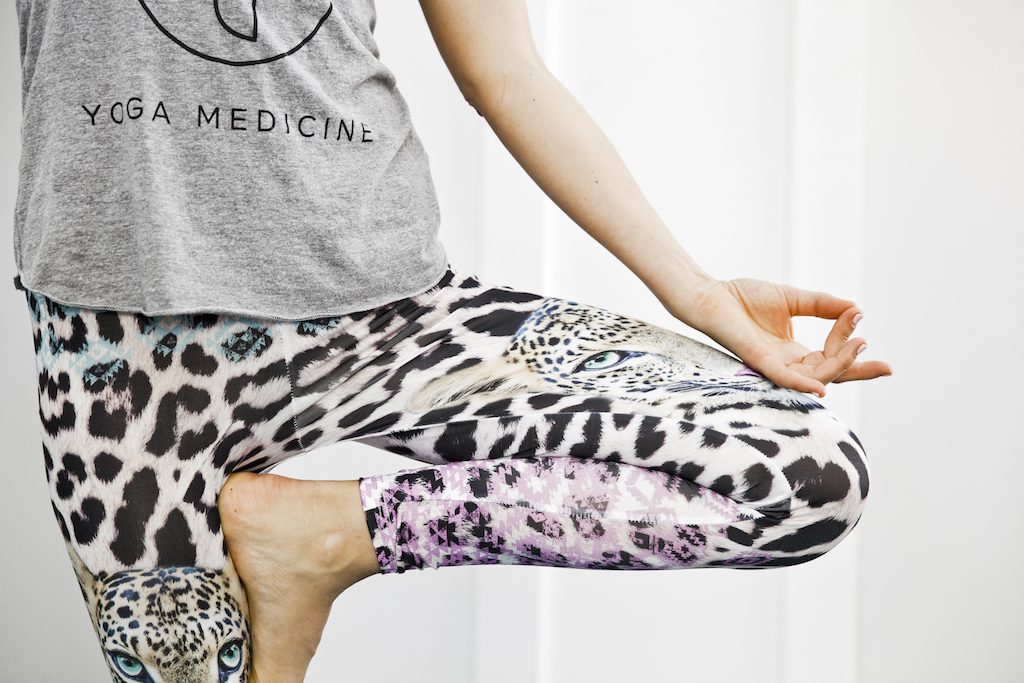Dr Susannah Ward
One of the many great outcomes from our recent sell-out success Soulful Sunday was the realisation that most yoga poses are safe in pregnancy. One of our guests was 32 weeks pregnant and her safety was a priority for us. So we conducted a literature review to investigate what she could and could not do during the vinyasa and restorative sessions. Despite what has traditionally been taught, we found that many asanas, usually avoided during pregnancy, are indeed perfectly safe to do for both mum and bub.
A prospective study evaluating the safety of 26 yoga postures in 25 pregnant women from 35 and 37 weeks gestation showed that all poses were well-tolerated with no adverse maternal or foetal physiological changes (1). All participants were generally well and free of any pregnancy-related health issues, such as gestational diabetes and high blood pressure. The yoga was taught in 1:1 sessions. The safety markers included foetal heart rate and maternal blood pressure, heart rate, oxygen saturation, temperature and uterine contractions. These markers were assessed before, during and after the yoga session and the researchers emailed participants 24 hours later to enquire about any symptoms or concerns following the class. The poses tested were: easy pose, seated forward bend, cat/cow, mountain, warrior 1, 2 and 3, standing forward bend, chair, extended side angle, extended triangle, upward salute, tree, garland, eagle, child’s, half moon, bound angle, hero, camel, leg up wall, happy baby, half lord of the fishes, corpse and (of course) downward facing dog.
Further research suggested that due to an increase in the body’s hormone relaxin, the joints are more lax when pregnant. This means that they are also susceptible to instability if too stretched. For this reason, when practising yoga while pregnant one should focus less on flexibility and avoid forceful stretching. Instead use your yoga practice to develop strength, breath awareness and maintain your sense of wellbeing.
If you practise pranayama as well as asana then, when pregnant, skip the breath retention. Holding your breath may raise your blood pressure and so doing this for an extended time should be avoided when pregnant, especially if you have high blood pressure. Instead, simply enjoy the glorious inhalation and exhalation, working on extending the out breath to deepen a sense of relaxation and calm.
Another thing to be wary of is a condition called Supine Hypotensive Syndrome where the weight of the uterus and foetus places pressure on the maternal inferior vena cava. This causes decreased blood flow to your lower body and uterus. This is why many yoga teachers instruct not to lie flat on your back during the third trimester. However, this syndrome doesn’t always occur and the best way to know if it is an issue for your practice is to listen to your body. If lying flat on your back doesn’t feel right then try using a block and bolster to elevate your upper body or try side lying. However if you’re pregnant and floor poses do not trouble you then keep practising them.
Comfort is essential and when pregnant, even if safe, some of the poses are challenging to achieve due to the bump. Modifying where needed is a smart option. Try wide legged folds and open body twists.
Yoga is a fantastic thing to do when pregnant. Now that the research has proven it is safe, all one needs to do is use their yogic awareness and discernment to carefully craft one’s practice to suit. Focusing on strength, breath and modifying where needed allows one to continue to benefit from the practice right up until birth – allowing your yoga to support your pregnancy journey and deepen your connection and union not only to your mind, body and soul but also to your babies.
In summary, if you’re a pregnant yogi then keep up your practice! But do so using your yogic discernment and wisdom while listening to and feeling your body as you flow self-compassionately towards the birth.






